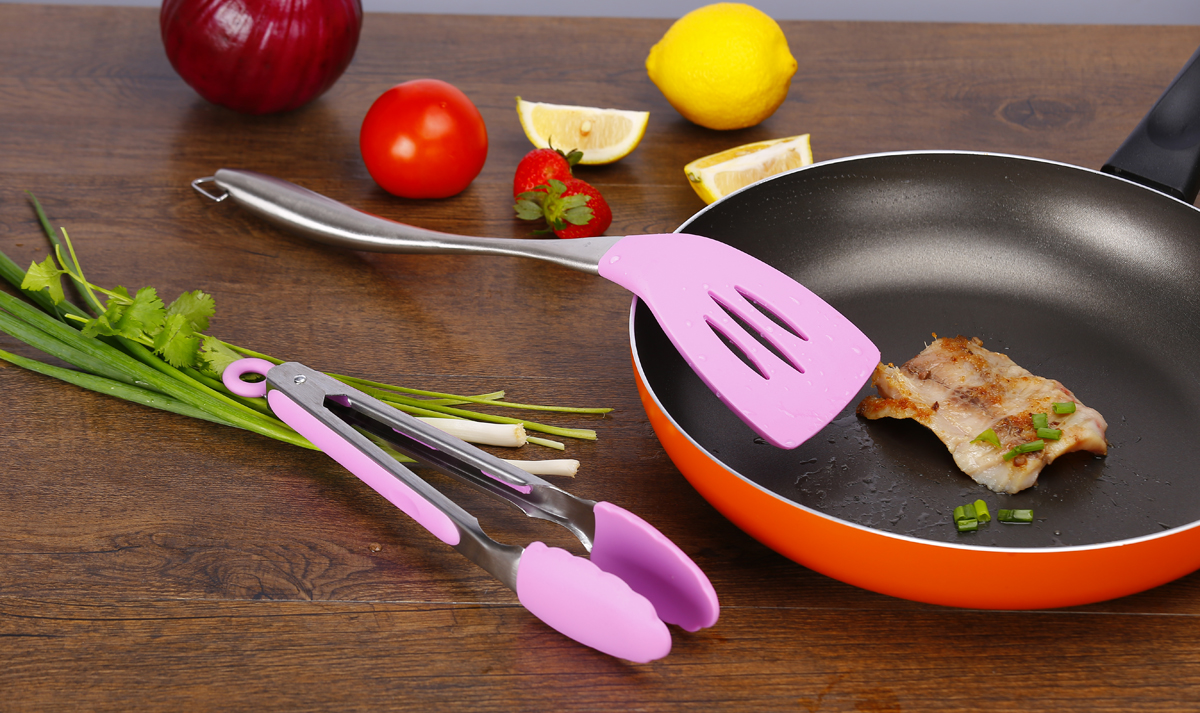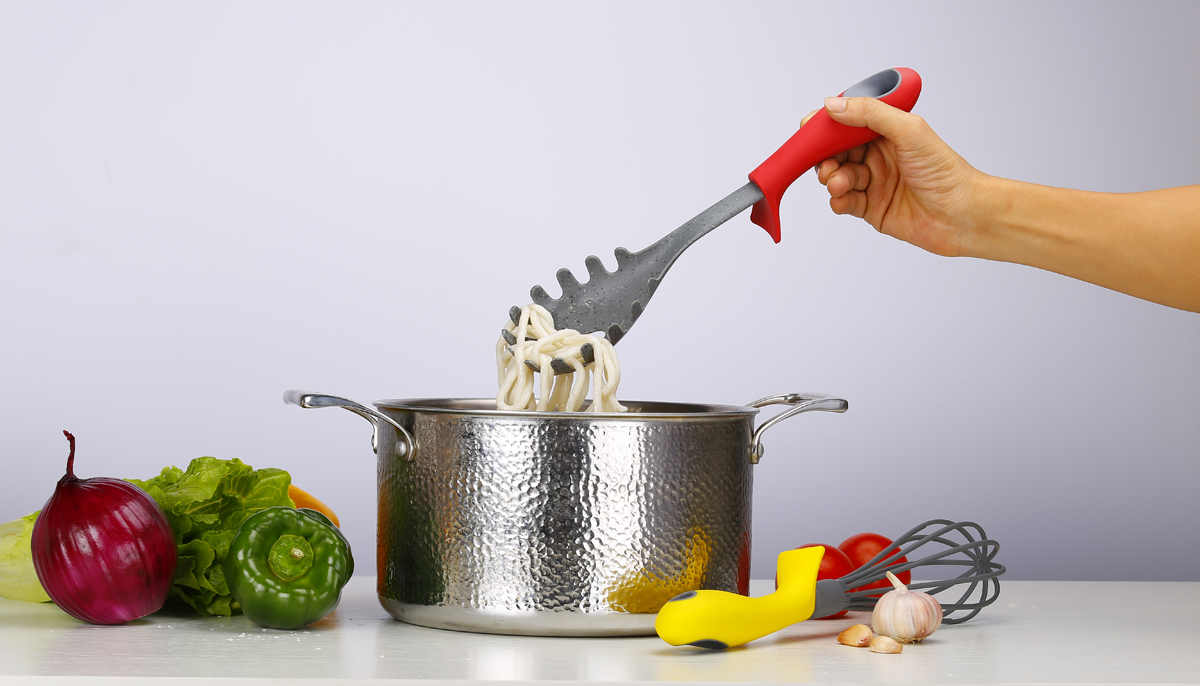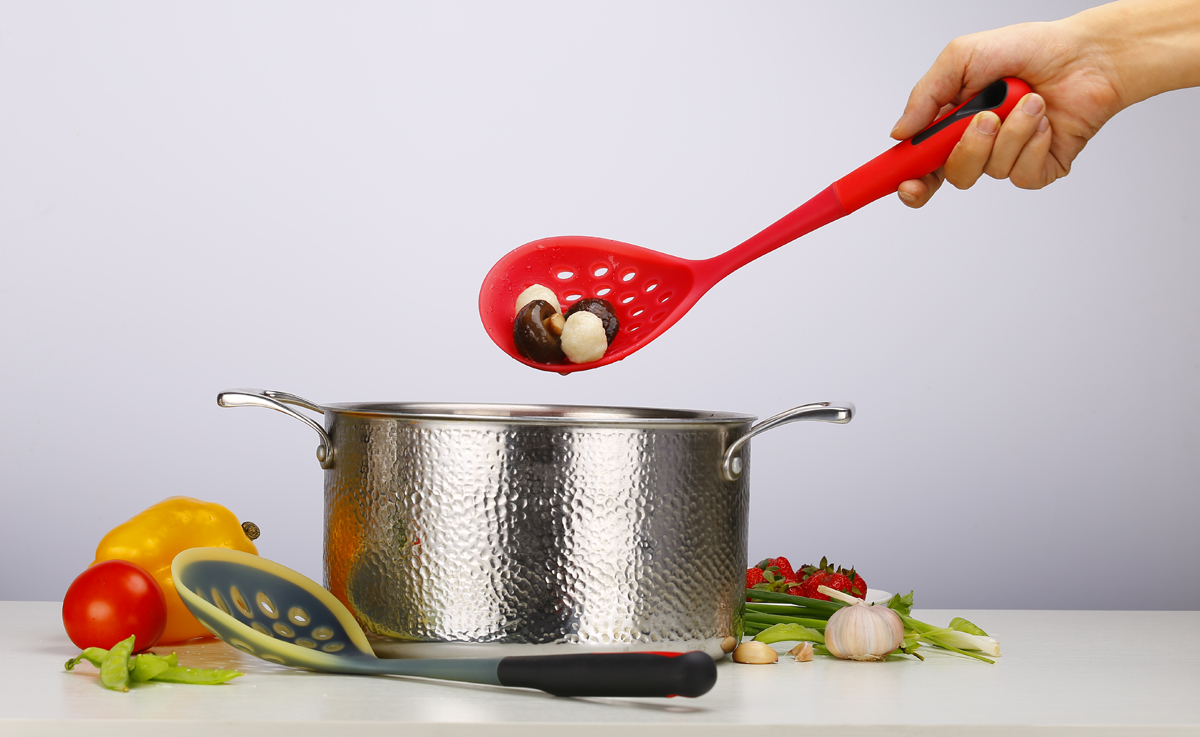1) "Viscoous" inks with relatively large viscosity and poor fluidity have good adhesiveness, large intramolecular friction or cohesion, strong adhesion, fast fixation, and clear printing with "sticky" inks. Solid dot, and "sticky" ink water resistance is good, not easy to emulsify, there is a good "ink-receiving", easy to dry, clean and smooth dot, bright ink, color saturation, thick ink layer. Therefore, this ink is more suitable for the following situations:
(1) For papers with good glossiness and high surface strength, such as coated paper, glass paperboard, white paperboard, etc., and gold and silver paperboard papers with good smoothness and non-absorbency are also suitable for "stickiness". Sex ink;
(2) It is suitable for printing fine products with high network cable, easy to obtain clear, full-color images;
(3) When printing gold, silver ink, and printing fluorescent ink, it is also necessary to adjust the ink to make it sticky and not dirty;
(4) For the phosphorous pearlescent ink, it is also necessary to adjust the ink viscosity printing.
Since the viscosity of the ink is an important influencing factor for the dot transfer, in practice, the viscosity of the ink should be coordinated with the printing process according to the changes in different conditions, and appropriate adjustments should be made to increase or decrease the viscosity of the ink. It is to adjust the cohesion of the ink to make the ink viscosity adapt to the requirements of actual printing conditions. The specific methods for increasing the viscosity are:
(1) Add an appropriate amount of thickening agent, such as No. 0 varnish;
(2) Add high-viscosity resin oil to increase viscosity;
(3) Add appropriate amount of high viscosity ink to increase viscosity.
Due to the high viscosity of the "sticky" ink cohesion, strong adhesion, in some cases should not be used, such as: printing offset paper, white paper and other paper strength of the paper is lower, the printing speed is faster, the ambient temperature is higher, If the layout is mainly based on large fields, the ink with lower viscosity must be used. If the viscosity of the ink is too high, the viscosity reduction process is required. The usual subtractive "sticky" methods are the following:
(1) Add a certain amount of silicone oil;
(2) Adding less than 2%, no more than 5% of the viscosity reducing agent to reduce viscosity;
(3) Add high-boiling point kerosene to reduce viscosity, the amount of which is controlled to no more than 10-20ml per kilogram;
(4) Add a certain amount of corn starch, petrolatum and other slime-reducing substances.
2) "Thick" inks with high consistency, but with a certain viscosity and adhesion, due to poor fluidity, poor ductility, ink paste, not easy to level, printing ink film is not easy to spread, graphic transfer More accurate, not easy to deform, the ink is more vivid and full. Therefore, "thick" ink is more suitable for the following situations:
(1) Suitable for printing large fields, with hollow words or products with small prints, because they are not easy to level and spread, hollow words or small words are not easy to produce paste version;
(2) A product suitable for printing Dashen's shallow outlets will be able to obtain a solid field, while the outlets will be relatively clear and difficult to expand:
a. High ambient temperature, slow speed, and the use of dot-text graphics are generally appropriate for thickened ink printing.
b. When the surface strength of the paper is high, and the ink absorption of the surface is poor, the thickening ink should be properly printed.
In actual production, if there is no corresponding consistency of the ink, or the consistency of the ink becomes smaller, and the use requirements cannot be met, then the “thickness†treatment is performed to reduce the fluidity of the ink. The specific method of increasing the "thick" treatment is mainly:
(1) Add NaOH, the amount of addition is about 1% -3%, this method has quick effect, is a simple and effective method of ink thickening;
(2) Adding a tackifier, such as No. 0 varnish, but be careful about the amount, not too much;
(3) If the ink is not sufficiently viscous under the influence of temperature, the same ink of the same hue may also be added to the ink.
3) The inks with smaller consistency and less viscidity can be well extended due to the good flow, under the mutual compression of the ink roller, the transfer performance is good, the ink is easy to be inked, and the ink is in the ink layer between each printing transfer surface. It can be quickly leveled and spread, and the imprinted ink film is smooth and smooth. Therefore, in some cases, the consistency of the ink needs to be reduced. For example:
(1) The paper is poor in quality, relatively rough, has a large amount of ink absorption, or has a low surface strength and can easily pull off powder, such as the use of poorly-printed offset paper, book paper, and whiteboard paper;
(2) When the layout is mainly based on the field or large color blocks;
(3) The workshop temperature is higher and the printing speed is faster;
(4) The paper is damaged. If the ink is too thick, the damage may be increased. Therefore, the ink should be printed with more fluidity.
The main methods for reducing the ink consistency are:
(1) Add a certain amount of thinner, such as adding low-viscosity, fluidity No. 6 varnish, this method is effective, but to control the amount, generally does not exceed 10% of the amount of ink;
(2) The ink fountain is frequently stirred, because the ink has thixotropy, and its flow characteristics will be improved with the increase of the degree of agitation, thereby reducing the viscosity of the ink;
(3) Add 2% or less of viscosity reducer.
Source: Guangdong Printing Network
You can now execute every recipe to perfection with this amazing kitchen utensil set! The Kitchen Utensils set will provide you with everything you need to mix, stir, flip, serve and cook like a pro.
PREMIUM QUALITY:The cooking tools set contains 6 premium quality kitchen utensils that are carefully crafted with food grade silicone and wood. The heat resistant siliconeis free from any dangerous materials for maximum safety, and the wooden handles are very strong for unique durability.
ECO-FRIENDLY MATERIALS:The Cookward kitchen tools are the perfect alternative to plastic. They are made with eco-friendly silicone and natural wood that are safe for the environment and your health, and easily sustainable.
NO MORE SCRATCHED POTS:Forget about scratching yourpots and pans every time you cook! Unlike the usual stainless steel utensils, these cooking tools will never damage your pans. They are also non-stick for perfect results.
STYLISH DESIGN: These cooking utensils have a modern design that will match every kitchen decoration and style. The kitchen tools come in elegant blackand natural wood so they can be perfect for every style, from rustic and romantic to minimalist and modern.



Kitchen Utensils
Kitchen Utensils,Colorful Kitchen Utensils,Silicone Chef Utensils
YANGJIANG TOALLWIN TRADING CO., LTD , http://www.kitchenknife.de